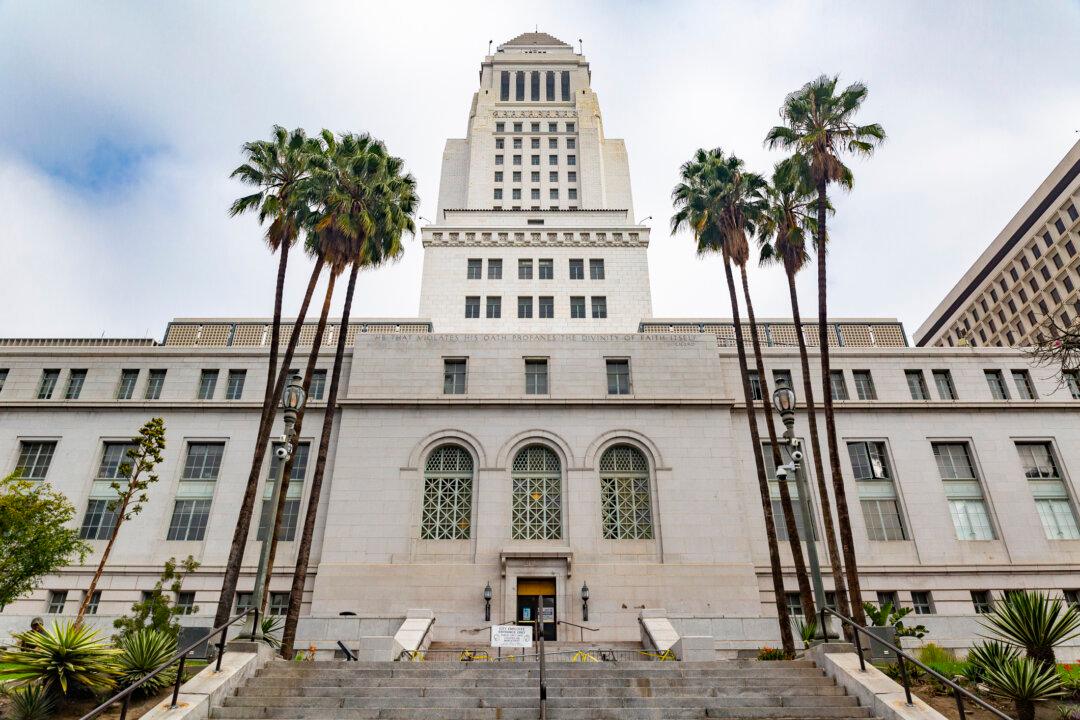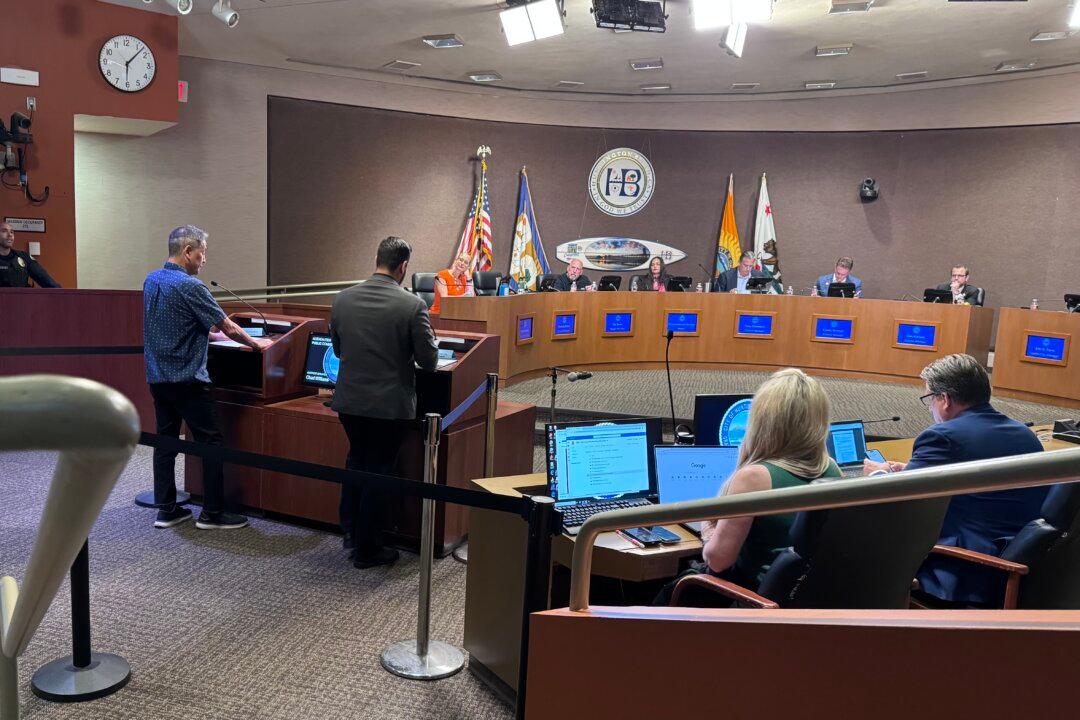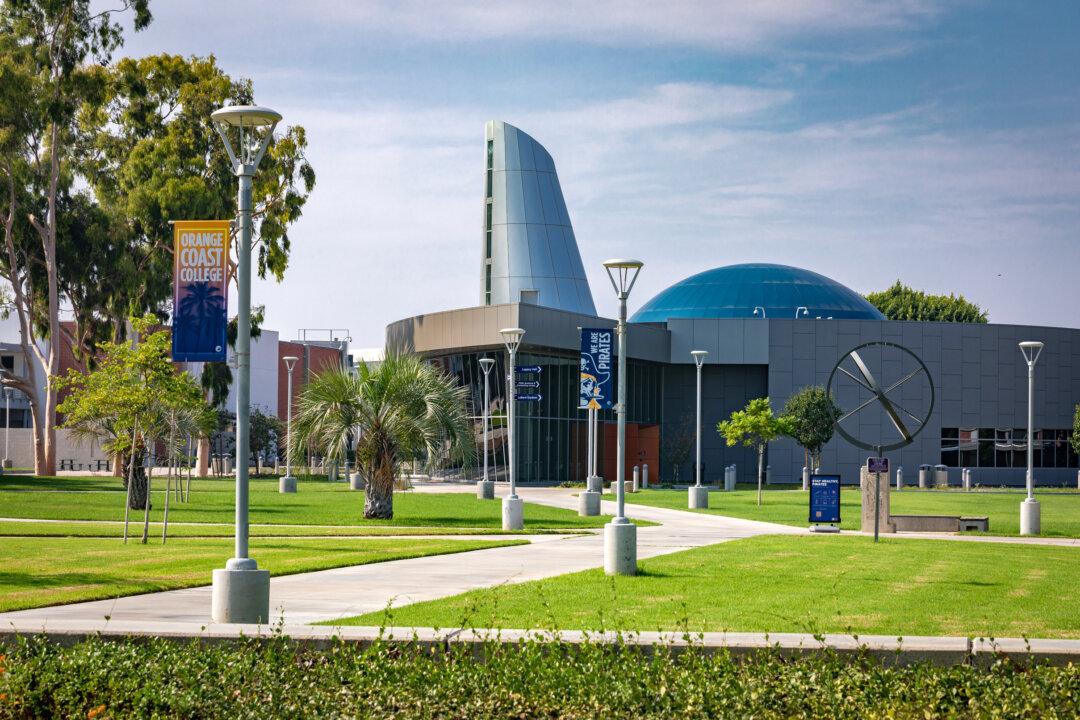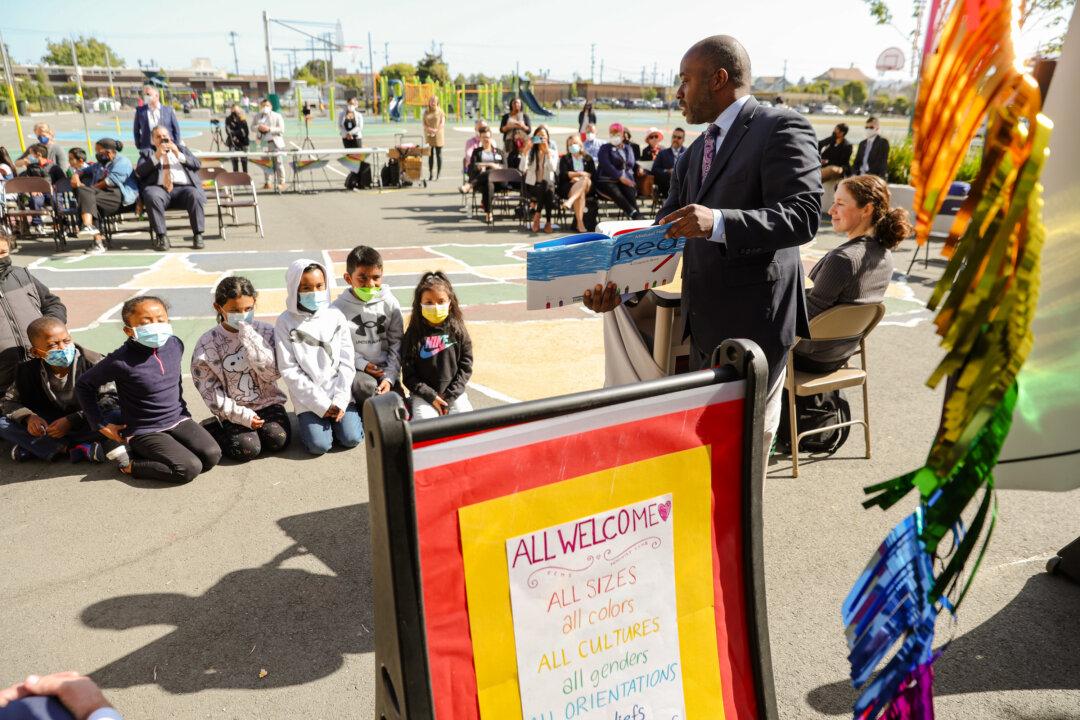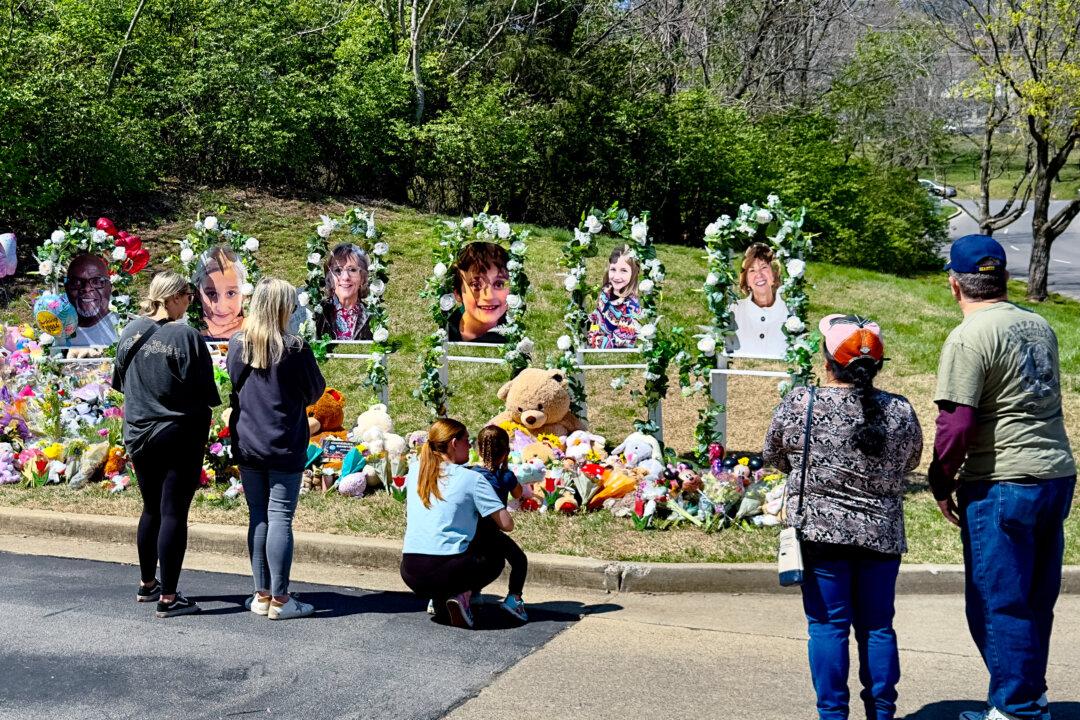The Los Angeles City Council approved councilmembers’ changes to the original map submitted by the citizen-led redistricting commission.
The council on Nov. 9 approved most amendments made by the newly formed Ad Hoc Redistricting Committee, which first met on Nov. 5.
